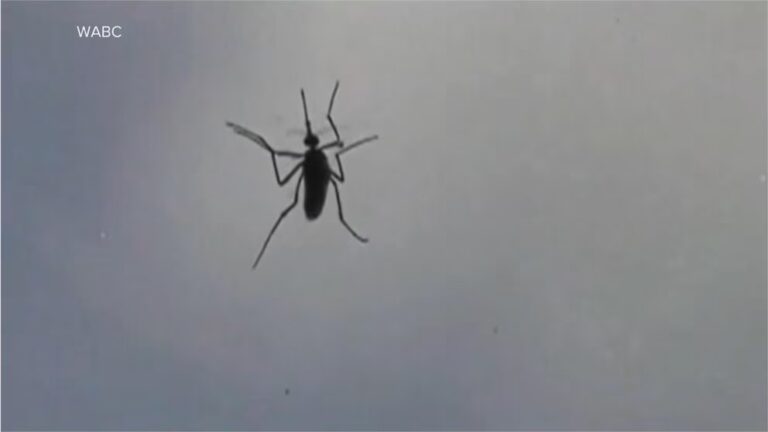
Russian space industry giant Energia is involved in the production of everything from rockets and satellites to space stations and ballistic missiles, and is the prime mover behind the current Russian manned spaceflight programs.
Korolev Rocket & Space Corporation Energia has created and patented a means to fly cosmonauts to the Moon and back without an expensive new heavy-launch rocket.
To land cosmonauts on the Moon and bring them back home, the patented system requires one Soyuz-2.1a rocket and three upgraded Angara A5V rockets, and works as follows:

Russia’s Angara-A5 rocket launched on maiden flight
In the patent description, Energia concludes that this method has “significantly lower costs for the development, production and testing” compared to prospective alternatives.
Russian space agency Roscosmos approved a preliminary design for the Yenisei super-heavy launch vehicle and its super-super heavy-lift version, the Don, late last year. The Yenisei is expected to be able to take a payload of over 100 tons into low-Earth orbit, or a 27 ton payload to the Moon. The Don variant is expected to have a maximum payload of about 140 tons, or deliver a 33 ton useful cargo to the Moon. Testing of the Yenisei is expected to begin in 2028 if everything goes to plan and the necessary funding is provided.
The rockets are required to be capable of launching the 20 ton Oryol spacecraft (expected to replace the Soyuz) plus a 27 ton lunar lander, and base modules weighing between 27 and 32 tons.
Last year, Deputy Prime Minister for Defence and Space Industry Yuri Borisov estimated that the super-heavy launch vehicle program could cost between 1 trillion and 1.7 trillion rubles, ($14-$23.7 billion US, respectively). For comparison, Roscosmos’s 2020 budget is only 176 billion rubles ($2.77 billion).
Energia itself has experience in the development of heavy-lift rockets, creating the Energia heavy lift rocket, with a 100 ton useful payload capacity, in the 1980s, and using it to carry the Buran Soviet space shuttle into orbit in 1988 for a test flight. Unfortunately, the rocket was retired after the collapse of the Soviet Union. However, modified versions of its engines have gone on to be used to power both Russian and American space rockets.
Sourse: sputniknews.com






